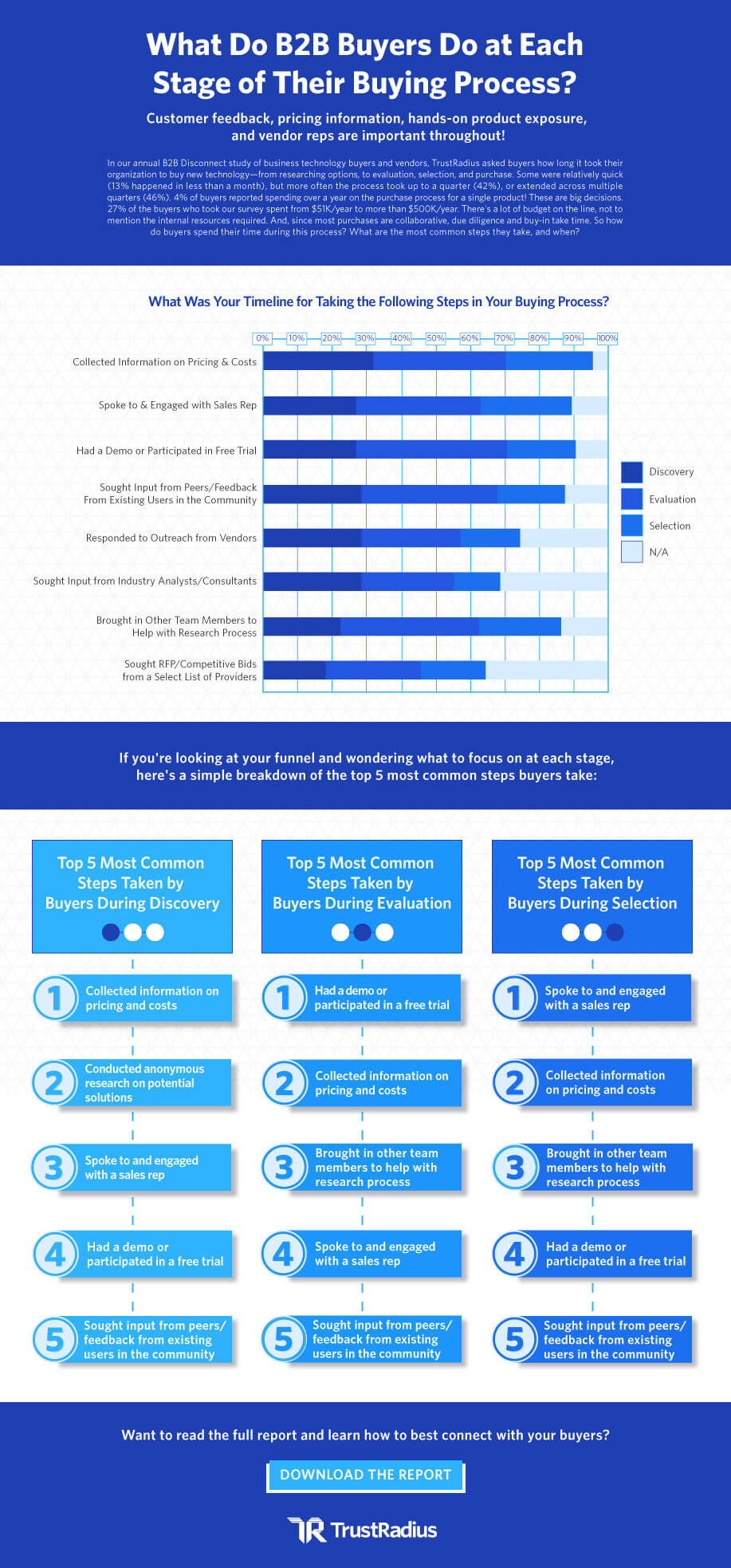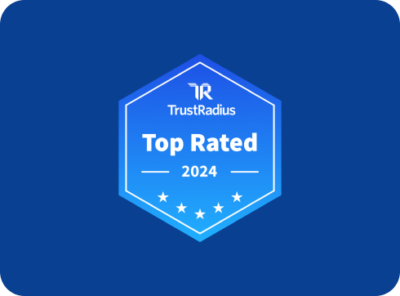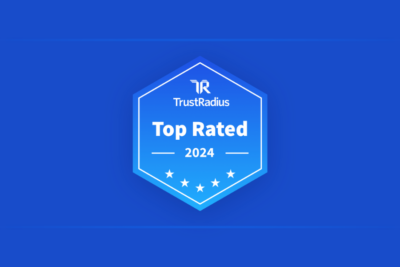
What Do B2B Buyers Do at Each Stage of The Buying Process?
Wouldn’t it be nice to know when your buyers will bring their colleagues into the software purchasing process? Or when they’re most likely to respond to vendor outreach? Figuring out what matters most to your buyers during different parts of the buyer’s journey can deeply influence your relationship with them (and most importantly, your close rates). Based on our latest research, we’ve put together a new infographic to showcase just what B2B buyers do at each stage of the B2B buying process.
Buying software is a difficult journey – according to the 2019 B2B Buying Disconnect report, 50% of software purchases span across multiple quarters. And some decisions even take more than a year! That’s why understanding what buyers are most interested in during the discovery, evaluation, and product selection phases of the purchasing journey helps both vendors and buyers. Vendors get a window into the minds of their potential customers. Buyers find what they’re looking for more easily on their path to purchase.
The infographic below gives an overview of when buyers engage in various activities throughout the software purchasing cycle. Don’t forget the handy cheat sheet that lists the top 5 most common steps taken by buyers during each phase!

Key Takeaways
While buyers engage in a multitude of different activities in each stage of their purchasing journey, a couple of trends emerge during specific phases.
1) In the discovery phase, the #1 step buyers took was collecting information on pricing and costs.
There are multiple different places buyers might be looking for this information:
- On product pages on vendor websites,
- on calls with sales reps,
- and on review sites that let them compare things like prices and feature sets across different products.
One way to make this information more accessible for buyers is to be transparent about your product’s pricing model, and make it easy for them to find on the product landing page.
2) In the evaluation phase, buyers spend the most time requesting product demos or participating in free trials.
For software buyers, a hands-on experience is a critical part of evaluating a product. That’s why the number one activity for buyers in the evaluation phase is to spend time with product demos and free trials. Are you offering the best possible demo or trial experiences? A great personalized demo or free trial may be just what your buyers need to continue along their purchase path.
3) In the selection phase, buyers spend the most time engaging with sales reps.
Buyers who have narrowed down their short list to a few products are usually ready to engage with sales reps on a deeper level, and get into the nitty gritty of what makes your product different from your competitor’s. Review sites are a great resource for buyers looking to compare across products. Having your product represented on various review sites makes the task of collecting product-specific information easier for buyers to accomplish.




